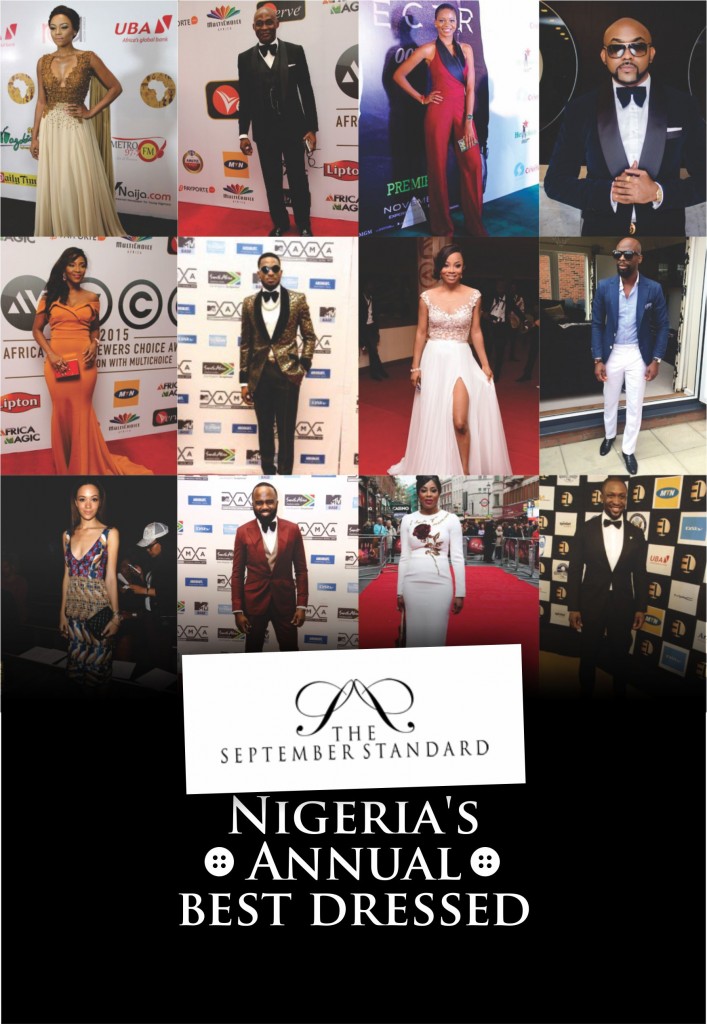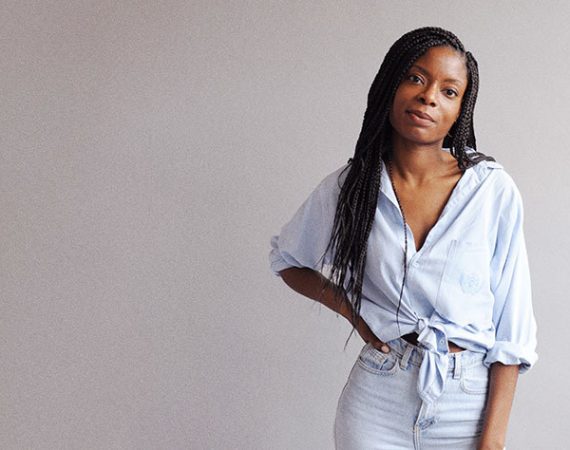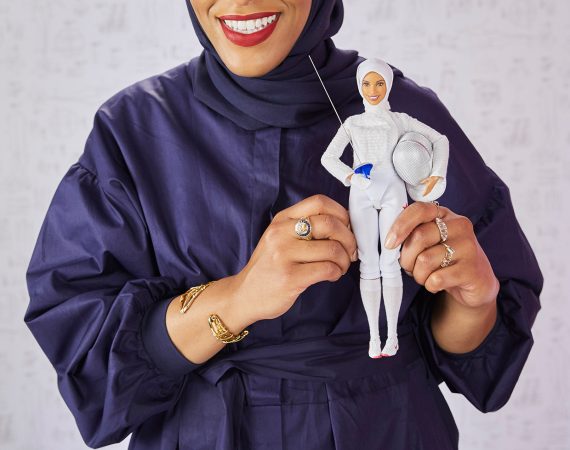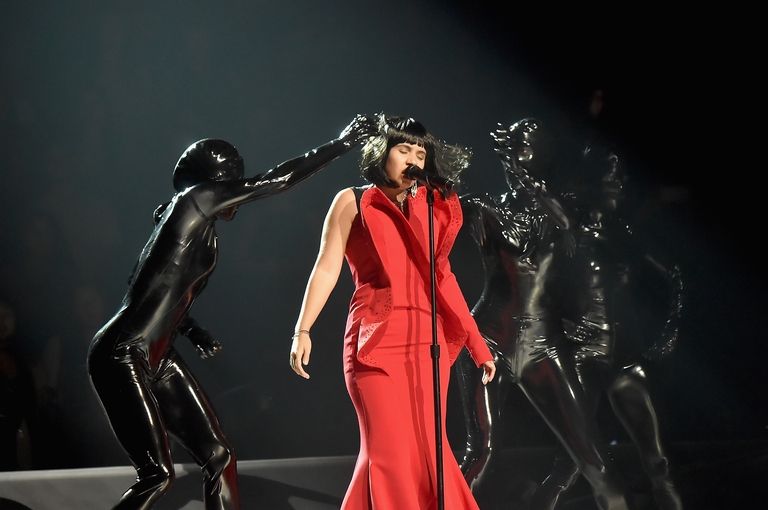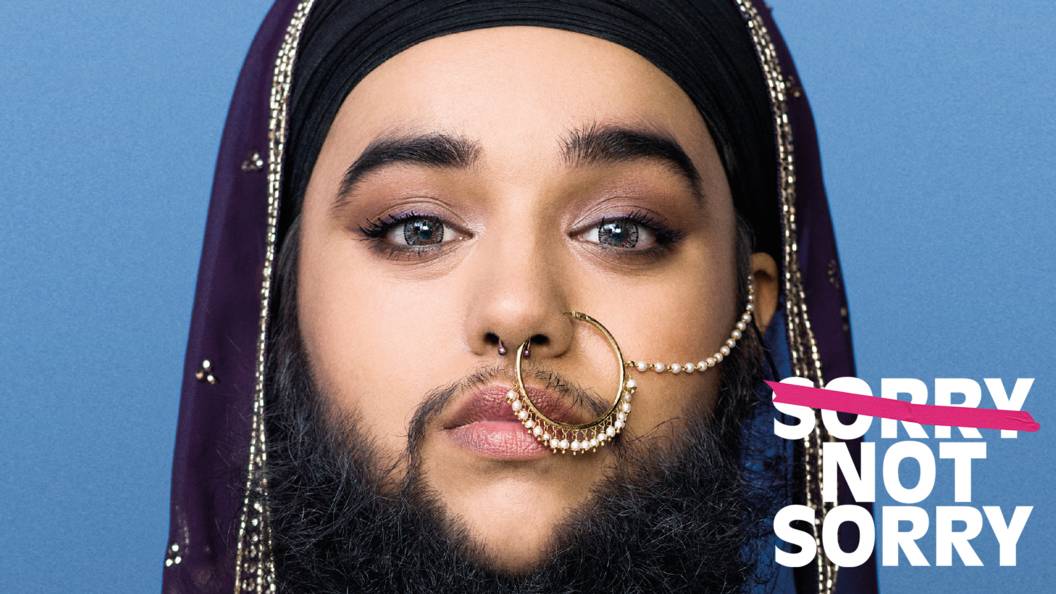I once saw a picture of the late French designer Christian Dior amending a dress he had made while it was being worn by a client. There was something in the slightly grainy black and white image that got to me; from the look of admiration on the woman’s face to the focused, yet relaxed expression on Dior’s own. It was just a snapshot of a moment in time, yet in it, I somehow saw his passion, his drive to take his creation to the point of perfection. It gave me a feeling I couldn’t quite describe; something akin to admiration, yet somehow also…more.

When I watched the biopic of Coco Chanel a couple of years ago, I felt something similar; in a scene where the iconic designer (portrayed by the actress Barbora Bobulova) stitched on the sleeve of a suit as it hung off a mannequin. It is strange because that scene always replays in my mind whenever I think about the movie – in spite of the fact that there were more memorable scenes. I believe I held on to it because it brought back that familiar feeling, the one I got from watching a person of both knowledge and skill – like Dior – putting so much of both into what they were doing.
I have watched many other designers over the years, and some have elicited that same emotion from me. Ralph Lauren, Giorgio Armani, Giambattista Valli, Viktor and Rolf, Dean and Dan Caten, Alexander Wang. And through them, I finally realized what triggered that emotion. Proficiency. Dexterity. The expertise evident in their hands as they worked with fabric. They all showed creativity and experience, both with thinking up ideas and bringing them to fruition. There was something both uplifting and humbling about seeing them in their element, watching them work to take their ideas from conception to completion and following it every step of the way.
When I think of Nigerian designers, I don’t get that feeling. At all.
It saddens me to say this, but the vast majority of our indigenous designers do not fit this bill. While many may be good at formulating concepts and deciding art direction, they are largely clueless with regards to the less-glamorous work involved in its execution. Maybe it stems from the widely held idea that tailoring is for skivvies, but I think it is somewhere between laughable and disheartening that someone who claims to be a designer is unable to make, or explain the mechanics behind the making of their own creation.
But that’s the tragic reality of our industry today.
Being able to draft designs – with no construction plan – and pay someone to make it for you doesn’t make you a designer as much as a well-resourced illustrator.
I don’t believe it is necessary to explain the importance of having practical experience when you are pioneering a practical field. A designer should be able to discuss the nuances or peculiarities of their own design beyond what is evident in the overall look.They should be able to direct their tailors on what works and what doesn’t, which little modifications alter the fit and wearability of their clothes. None of this is possible without having hands-on experience. Even without formal training, there needs to be that willingness to do the dirty work, to take each creative project as a learning opportunity in the quest to carve out their own niche in the industry.
Even the visionary Cristobal Balenciaga was still physically working in his atelier when he was old so I don’t see what excuse anyone has.

I know it’s overly idealistic to expect every designer to be artisanal. There are those who recognise their deficiencies and strive to do better, and there are others who will follow their current formula as long as they continue to get by without raising a finger. It would definitely take some time (as well as encouragement/berating) before many will come to understand the value of being the hand that guides the needle. But it’s an ideal that I hope will someday match reality.
Until then, I have Proenza Schouler.

